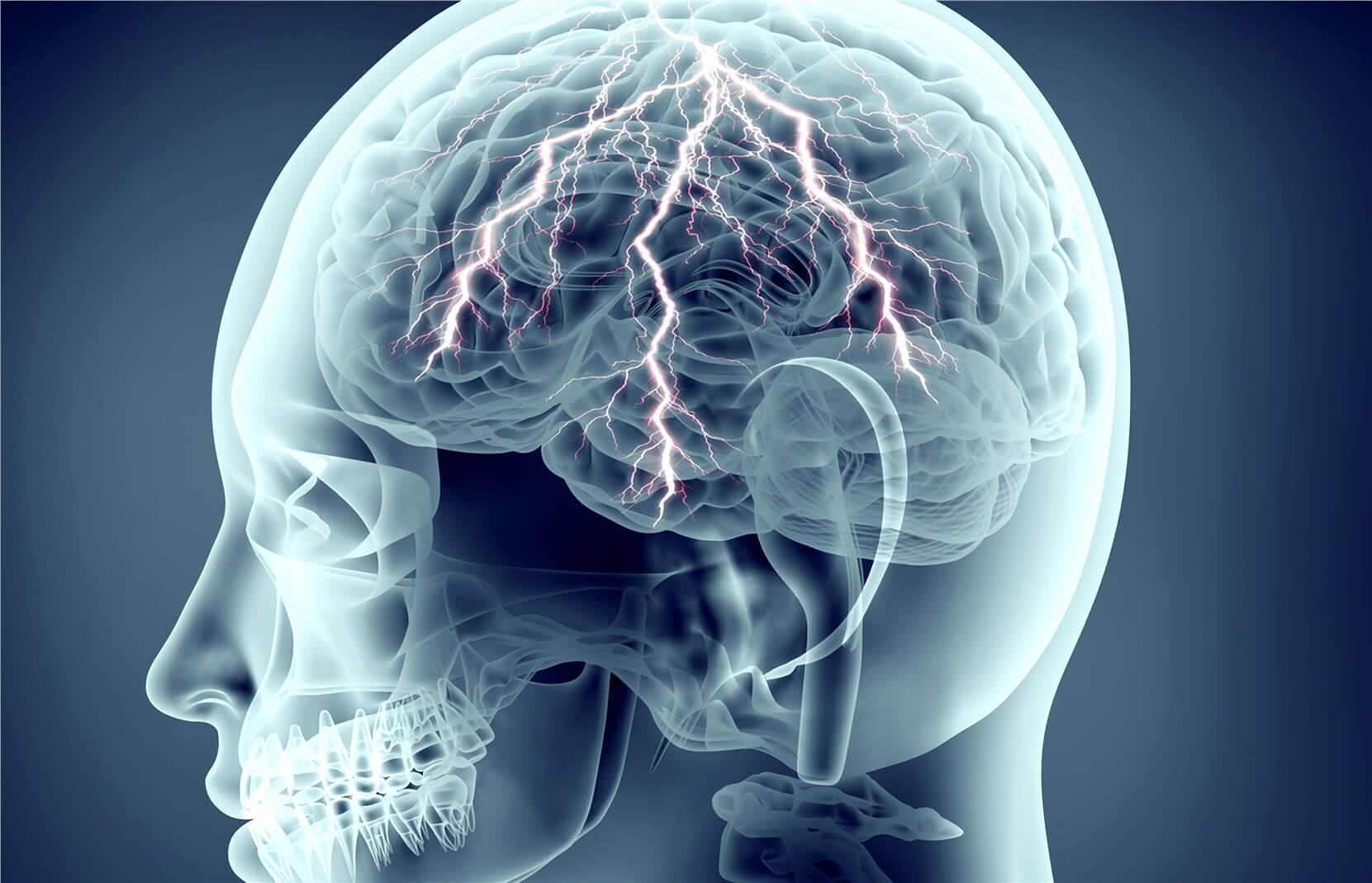Chronic Constriction Injury (CCI) Modeling & Pharmacodynamics Service
Creative Biolabs offers three commonly used surgical models of neuropathic pain: the chronic constriction injury (CCI) model, the partial sciatic ligation (PSL) model, and the spinal nerve ligation (SNL) model. Here we present is the CCI model of peripheral nerve injury. Combined with different behavior tests, we provide a useful model system to investigate the effectiveness of potential therapeutic agents to modify chronic neuropathic pain.

Introduction of Chronic Constriction Injury (CCI) Model
Chronic neuropathic pain, resulting from damage to the central or peripheral nervous system, is a prevalent and debilitating condition. Symptoms of chronic neuropathic pain include spontaneous pain, dysaesthesia, paraesthesia, allodynia, and hyperalgesia. To study it several animal models mimicking peripheral nerve injury have been developed, one of the most widely used is Bennett and Xie's (1988) unilateral sciatic nerve chronic constriction injury (CCI).
CCI is performed under anesthesia. About 3-cm long blunt dissection is made into the skin overlying the area between the gluteus and biceps femoris muscles, and the common sciatic nerve of the hind paw is exposed at the mid-thigh level. Approximately 7 mm of the nerve is freed, proximal to the sciatic trifurcation, and four or three loose ligatures (about 1 mm spacing) of 4–0 chromic guts (or 4–0 silk) are placed around the sciatic nerve until a brief twitch is observed. The wound is closed with sutures in the muscle and staples in the skin. The animal is then allowed to recover from surgery for 24 hrs before pain hypersensitivity testing begins.
Features of Chronic Constriction Injury (CCI) Model
- It is relatively simple to perform and produces robust and stable pain hypersensitivity for at least one month after injury.
- This constriction of the sciatic nerve is associated with intraneural edema, focal ischemia, and Wallerian degeneration.
- The behavioral signs of spontaneous pain such as mild to moderate autotomy, guarding, excessive licking, limping of the ipsilateral hind paw, and avoidance of placing weight on the injury side can be observed.
- It is commonly used to investigate both the pathophysiology and potential therapeutic agents for the treatment of neuropathic pain.
- Variations may be introduced due to variability in the tightness of the constrictions produced by tying knots with sutures.
Assessments
To investigate the effectiveness of potential therapeutic agents to modify chronic neuropathic pain, Creative Biolabs utilizes many behavioral assays to quantify the resulting neuropathic pain symptoms. Usually, mechanical withdrawal threshold and latency are measured by Von Fey hairs and Hargreaves test, respectively. Other behavioral assays, such as the pin-prick test and the acetone test, are also used for testing CCI-induced pain hypersensitivity. Cognitive tests such as Morris water maze can be conducted as well. Briefly, Creative Biolabs provides assessments including but not limited to:
- Mechanical hyperalgesia (Randall-Selitto paw pressure test; Pin-prick test)
- Thermal hyperalgesia (paw-flick test; Hargreaves test)
- Mechano-tactile allodynia (Von Frey fiber test)
- Cold allodynia (the acetone test)
- Motor nerve conduction velocity (MNCV)
- Behavioral tests for motor function
- Behavioral tests for cognitive function
- Immunohistochemistry and histology
Meantime, Creative Biolabs offers other pain models to study different pain-related conditions and to evaluate the analgesic activity of novel drugs:
- Carrageenan-Induced Paw Edema
- Adjuvant-Induced Arthritis (AIA) Rodent Model
- Monosodium Iodoacetate (MIA)-Induced Osteoarthritis Model
- Formalin-induced Pain Model
- Streptozotocin (STZ)-Induced Diabetic Neuropathy Model
- Spinal Nerve Ligation (SNL) Rat Model
- Partial Sciatic Nerve Ligation (PSL) Rat Model
- Vincristine-Induced Neuropathy Model
The comprehensive list of rodent neurological disease models is placed below for you to review. Please click the links for more detailed description of each model:
Creative Biolabs provides customized protocols and flexible study designs based on clients' needs. Our highly-qualified and experienced scientific team offers robust contract drug efficacy evaluation services and delivers on-time, quality results. For more information please contact us or send us an inquiry below.
For Research Use Only.
